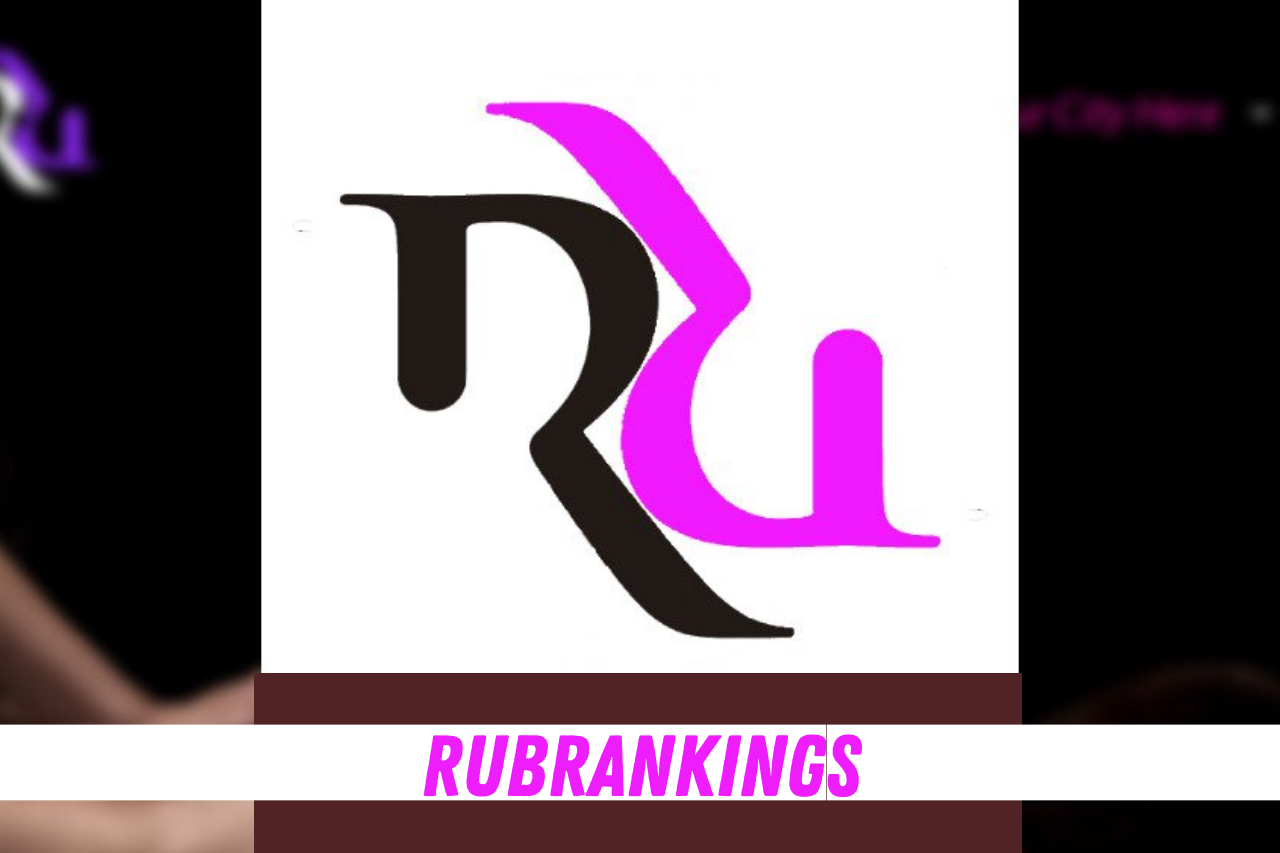Rubran

In the realm of puzzles, few objects hold as much fascination and mystique as the Rubik’s Cube. Its colorful array of squares, seemingly simple yet infinitely complex, has captivated minds worldwide since its invention by Hungarian architect Ernő Rubik in 1974. Beyond its status as a beloved toy, the Rubik’s Cube has spawned a competitive subculture known as speedcubing, where enthusiasts race against the clock to solve the cube in the shortest time possible. Central to this competitive landscape are Rubik’s Cube rankings, which serve as a barometer of speedcubers’ skill and proficiency. In this article, we embark on a journey to unravel the essence of Rubik’s Cube rankings, exploring their significance, methodologies, and the remarkable community that surrounds them.
The Significance of Rubik’s Cube Rankings:
Rubik’s Cube rankings serve as the beating heart of the speedcubing community, providing a platform for cubers to measure their progress, compete against peers, and strive for excellence. Much like rankings in traditional sports, such as tennis or chess, Rubik’s Cube rankings offer a tangible representation of skill and achievement within the speedcubing sphere. They inspire camaraderie and healthy competition among cubers worldwide, driving them to continually push the boundaries of what’s possible in solving the iconic puzzle.
Methodologies Behind Rubik’s Cube Rankings:
At the core of Rubik’s Cube rankings lie meticulous methodologies designed to ensure accuracy, fairness, and transparency. The World Cube Association (WCA), the governing body of competitive speedcubing, oversees the compilation and maintenance of official rankings. WCA-sanctioned competitions, held globally, serve as the primary battleground where cubers earn points and improve their standings. Each solve at a WCA event is meticulously recorded, with results uploaded to the WCA database for verification and inclusion in the rankings.
Rubik’s Cube rankings employ a sophisticated points-based system that takes into account various factors, including solve times, competition difficulty, and the performance of fellow competitors. Cubers earn points based on their relative standing in each event, with higher-ranked competitors receiving more points for victories. The system ensures that rankings accurately reflect the skill level and consistency of speedcubers, rewarding excellence while accounting for the nuances of competition dynamics.
The Community Behind Rubik’s Cube Rankings:
Beyond the numbers and algorithms, Rubik’s Cube rankings are sustained by a vibrant and passionate community of speedcubers. From seasoned veterans to curious newcomers, speedcubing enthusiasts congregate both online and offline to share techniques, exchange tips, and celebrate their mutual love for the cube. Competitions serve as focal points for this community, offering opportunities for camaraderie, sportsmanship, and personal growth.
The speedcubing community prides itself on its inclusivity and diversity, welcoming individuals of all ages, backgrounds, and skill levels. Whether competing at the highest echelons of the sport or simply enjoying casual solves with friends, every member contributes to the rich tapestry of the speedcubing experience. Rubik’s Cube rankings, in turn, serve as a unifying force, binding the community together in pursuit of a common passion and shared goals.
Conclusion:
In the ever-evolving landscape of speedcubing, Rubik’s Cube rankings stand as pillars of excellence and aspiration. They symbolize not only individual achievement but also the collective spirit of a global community united by a love for the cube. As speedcubers continue to push the boundaries of what’s possible, Rubik’s Cube rankings will remain steadfast, guiding their journey towards mastery and inspiring future generations to embrace the thrill of the solve.





